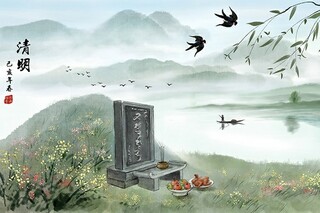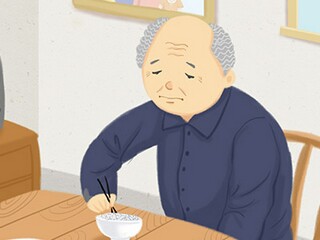
狼王梦每章读后感(精选9篇)之二
When reading The White Wolf, I found myself caught in a loop of emotions. The book's main themes, such as the struggle between opposites, seemed too abstract to hold my attention. However, after diving into it, I realized that those themes were not just abstract ideas but deeply embedded in the story—especially in how they mirrored human relationships and personal growth.
The first chapter introduced me with the concept of "the mother," which was initially confusing but soon became clear. The word "mother" here referred to the protagonist, a young woman who had become trapped between her own desires (and his desire for a family) and those of her children. This was like a profound contradiction that I found both puzzling and relatable.
In this chapter, the story painted an unflinching picture of human ambition versus reality. The mother's determination to create a family for her children seemed overwhelming, but she was also struggling with her own limitations. This duality made me realize that relationships are not just about desire; they require both effort and understanding. It was one of the first instances I came across where personal growth could feel like a struggle against societal expectations.
The second chapter took this theme to its most extreme form. The mother's children were not only her own babies but also her own future. Each was expected to lead their own lives, live with their own desires, and find their place in the world. This seemed almost too simple at first glance—how could a young woman's life be so deeply intertwined with those of her children?
By the end of this chapter, I was reflecting on my own life as well. It wasn't just about me; it was also about mine and that of others. The mother had become an extension of them all, but she was also finding herself to be one of them. This realization hit hard—how do we grow when our own lives are so intertwined with those of others? How do we learn to embrace the complexity of relationships?
The third chapter continued this theme of interconnectedness. It introduced me with the mother's children as a group, not individuals but a family unit. Each member had their unique path, and together they built a story that was both personal and universal. This chapter reinforced what I had learned from the previous one: relationships are more complicated than they seem—they can be resilient, even when they feel difficult.
In the fourth chapter, I realized how much this theme had influenced my own experiences. The mother's children were not just their own babies; they were also mirrors of me. Their lives shaped mine, and yet they too found meaning in theirs. This was a powerful realization because it showed that relationships don't always have to be linear or straightforward—they can curve in unexpected ways.
By the fifth chapter, I was starting to see how this theme carried through the rest of the book. It continued to emphasize the idea that relationships are not about strength or weakness but about balance and collaboration. The mother's children were a testament to this concept—each one had their own unique perspective, yet together they created a world that made sense.
In conclusion, this chapter wasn't just about one family; it was about the entire narrative of human connection. It showed me that relationships are not just about us but about the people around us too. When you start to see the bigger picture, even the most complex story can become much simpler.




















 夏天的诗歌_摘抄
夏天的诗歌_摘抄 冬天的优美诗歌_
冬天的优美诗歌_ 羚羊木雕的读后感
羚羊木雕的读后感 续写劳动光荣梦想
续写劳动光荣梦想 怀念去世亲人的古
怀念去世亲人的古 不成曲调也是歌作
不成曲调也是歌作 李白描写月亮的古
李白描写月亮的古